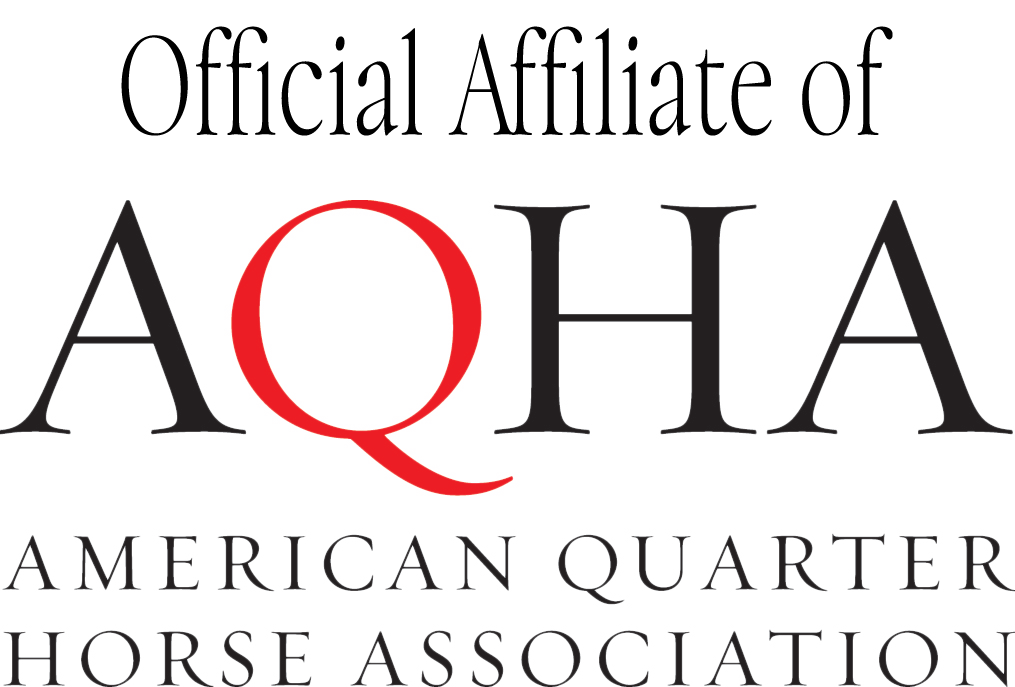Given the enormous number and variety of equine breeds in North and South America, it is extraordinary to think that next to the Mustang, America’s most famous breed is the Quarter Horse, whose name derives from the fact that he was bred to race over a quarter mile (about four hundred metres). This name did not come, as is often mistakenly quoted, from the fact that he is a 'quarter thoroughbred'.
The Quarter Horse was originally known as the American Quarter Running Horse, or Short Horse, as he raced over short distances, or, more grandly, as the Famous and Celebrated Colonial Quarter Pather, and was first bred in Virginia and its environs on the east coast. He is descended from the early Spanish horses, with Arabian blood and then English stock. A cargo of seventeen English stallions and mares was first imported to Virginia in 1611. These horses were of the native running stock – which in England was to become the Thoroughbred.
America’s oldest all-American breed, the Quarter Horse has twelve principle families, all of which owe much to early Thoroughbred influences. The stallion Janus was imported in 1752 and, when he died in 1780, he left behind a son of the same name who founded the important Printer line. Sir Archy, a son of the Derby winner Diomed, was also influential in the development of the American Saddlebred.
The Old Billy, Cold Deck, Shiloh and Steel Dust families trace back to Sir Archy and Joe Bailey and Peter McCude, two of the most notable twentieth century sires, are his descendants.
The Quarter Horse was certainly bred for speed, though, and is still the fastest equine sprinter. He is comparatively small, standing a little over 15hh. He has heavily muscled quarters and hind legs – which gave him the characteristic bursts of speed – and powerful forelegs.
The Quarter Horse may well have become defunct with the increase in popularity – due to the growing influence of the English Thoroughbred – of racing over great distances.
However, his famed quarter-mile sprint was perhaps the least of his abilities.
The Quarter Horse is said to be able to “turn on a dime and toss you back nine cents of change” and it is his agility that saved him for posterity. Although he originated on the Eastern Seaboard – or east coast – of North America, when people started to spread out across the vast continent in the nineteenth century, he was used as a harness horse as well as for riding.
In the western states, his speed, agility and unique intelligence made him a superb ranch horse, possessing an innate “cow sense”. Perhaps this is not so surprising, given his Spanish origins – the Spanish horses were renowned for their prowess in the bull-ring.
His reputation of being a “sleepy little critter that can unwind like lightning” acknowledges his sweet, calm temperament as well as his versatility, and today the Quarter Horse Register is the world’s largest studbook, with more than one and a half million of the breed recorded.
Combining agility and intelligence with an amiable nature, the compact little horse makes an ideal mount for almost everyone, from novice child to an experienced cowhand.
